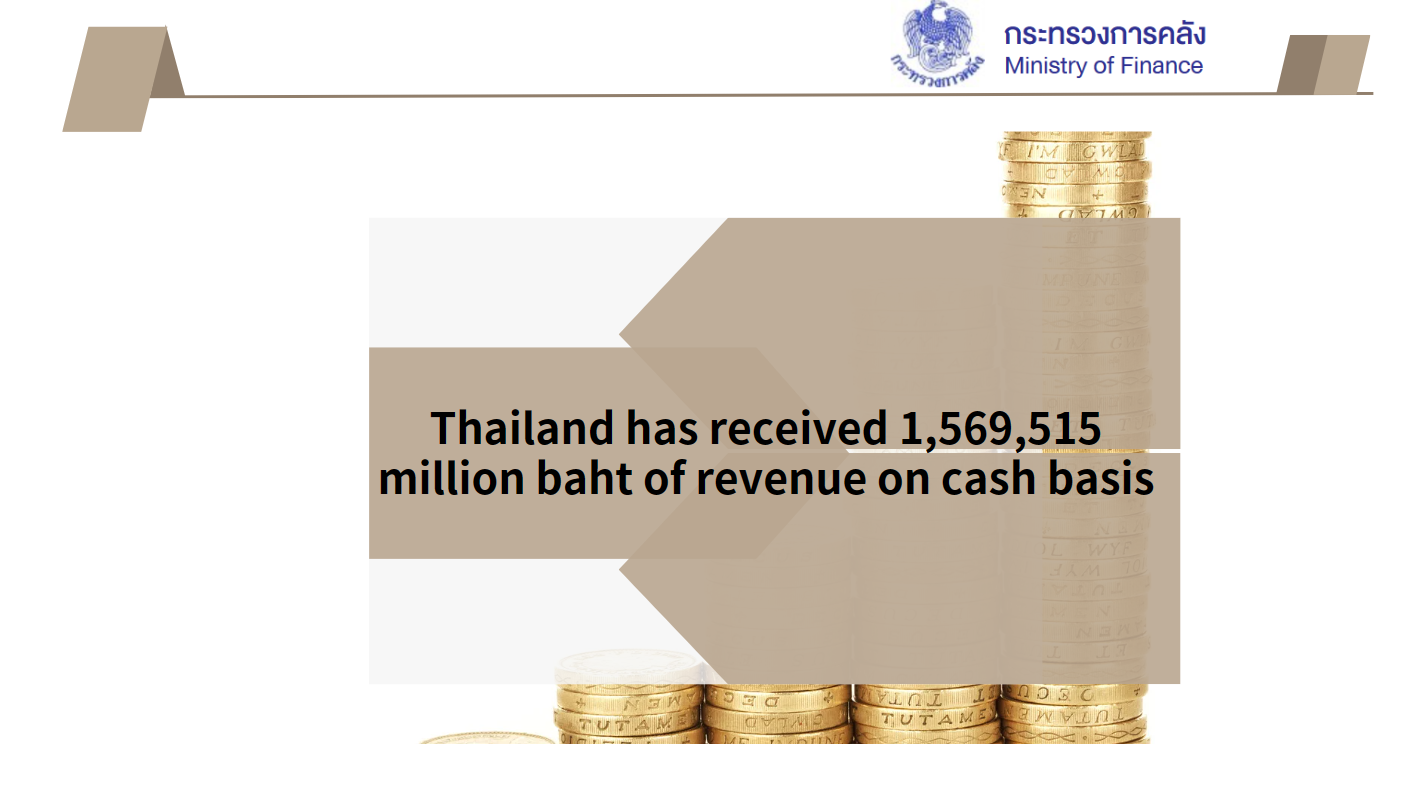Thai Economy to Accelerate in 2023 as Demand from Major Economies Picks Up, Tourists Return
Thailand's economy is projected to accelerate to 3.9 percent in 2023 from 2.6 percent last year due to stronger-than-expected demand from China, Europe, and the United States, private consumption growth, and a recovery in tourism, the World Bank said in its semi-annual Thailand Economic Monitor.
Growth in 2024 is expected to moderate to 3.6 percent and to 3.4 percent in 2025, with tourism and private consumption remaining the primary drivers of growth while external demand weakens, according to the report. Inflation is expected to moderate in 2023 to 2 percent amid easing global energy prices and price caps, although when volatile food and energy prices are stripped out, core inflation has remained higher than before the pandemic. The return of tourists, particularly from China, has strengthened the tourism outlook. Arrivals are projected to reach a greater-than-expected 28.5 million, 84 percent of the 2019 level, and to the pre-pandemic level by the second half of 2024.
Despite recent growth, risks remain tilted to the downside as weaker-than-expected global growth and political uncertainty pose key challenges to the near-term outlook. In addition, Thailand faces structural headwinds including an aging population, climate pressures, declining export competitiveness, and high household debt.
A section of the report which focuses on Coping with Floods and Droughts offers recommendations on how Thailand can better protect lives and livelihoods in a changing climate. Like many economies in the region, Thailand is acutely vulnerable to floods and droughts and a more robust framework for effective climate adaptation will be needed to avoid the high costs associated with damages caused by floods and droughts.
"The frequency of floods and droughts, and the high human and economic cost associated with them, make climate change adaptation and water management important in Thailand,” said World Bank Country Manager for Thailand, Fabrizio Zarcone. “A more robust framework prioritizing risk mitigation planning, investing in water resources infrastructure, and managing land and water use is needed”.
Thailand currently ranks ninth globally in the INFORM Risk Index from floods, just below Vietnam, Myanmar and Cambodia. The public costs of floods and droughts are already substantial and without appropriate climate change adaptation they are likely to grow. A major flood like the devastating one that occurred in 2011 could cost more than 10 percent of GDP in lost production in 2030. Agriculture, which accounts for about 9 percent of GDP, is particularly vulnerable to water shortages, especially highly water-intensive rice production. The Greater Bangkok area, where the majority of the population resides and the largest portion of the GDP is generated, is also highly vulnerable to flood risks.
The report notes that progress has been made to better cope with floods and droughts and the Office of the National Water Resources (ONWR) since its establishment in 2017, has increasingly supported the planning and execution of flood and drought mitigation measures. Additionally, the report recommends that in line with the 2018 Water Resources Act, the remaining legal and institutional reforms should be implemented along with more robust cost-benefit assessments to prioritize suitable flood and drought prevention measures. The latest advancements to improve water use efficiency, promote a circular economy, and integrate nature-based solutions can also significantly contribute to enhancing resilience to floods and droughts.























































First, please LoginComment After ~